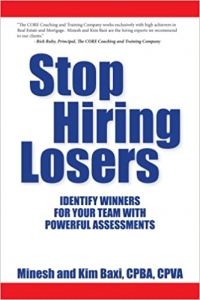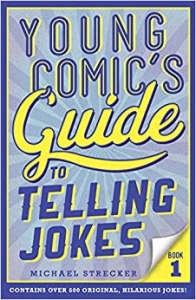Blogs are Flip-Flop Interviews
In the book Stop Hiring Losers, Minesh and Baxi devote an entire chapter to a list of interview questions employers should pose to job candidates. “Why are you leaving your current job?”, for example, is designed to identify past problems a candidate might carry over into a new job. On the positive side, that question can reveal the fact that the candidate sees the new position as an important forward career step.
When you think about it, blog posts are interviews, too. But, in the case of blogs, things are “flip-flopped”, because it’s the blog reader (the “candidate”) interviewing the business, rather than the other way around. At Say It For You, we teach content writers that searchers have some sort of need and are recruiting help! Just as in a face-to-face interviews, those searchers read what you put out there in your blog posts and evaluate that content in light of their own needs. Their scanning your blog is the equivalent of them interviewing your business to see if you’re a good fit for them.
Many of the questions Minesh and Baxi recommend that employers pose to job candidates are those blog readers are mentally posing to you when they are reading your content:
- Why should we employ you rather than one of the other candidates?
Your unique selling proposition (USP) is a succinct, memorable message that identifies the unique benefits that are derived from using your product or service as opposed to a competitor’s. Your blog offers you the chance to constantly refine and improve your USP.
- What would your co-workers say about you?
Testimonials and client anecdotes in your blog are ways of answering this question.
- What contributed to the best working conditions you ever experienced?
Your blog posts should include stories about how you successful solved clients problems in the past, expressing the satisfaction you gained from helping customers overcome obstacles. Offer advice about how users can gain the greatest benefits from your product or service.
- What is the biggest mistake you’ve ever made in your career?
I teach freelance blog writers to include stories of their clients’ past mistakes and failures. Such stories have a humanizing effect, engaging readers and creating feelings of empathy and admiration for the business owners or professional practitioners who overcame not only adversity, but the effects of their own mistakes!
- What are you most proud of on your resume?
Although at Say It For You, I remind owners and practitioners that blogging is not boasting, it’s good to offer “credentializing proof”, alluding in blog posts to your years of experience, weaving into the text mention of your degrees, quoting articles you’ve written – and even citing awards you’ve won. In addition, people tend to be comfortable associating with professionals and business owners who give back to their community.
When you think about it, blogs are nothing more than flip-flop interviews!






Follow us online!